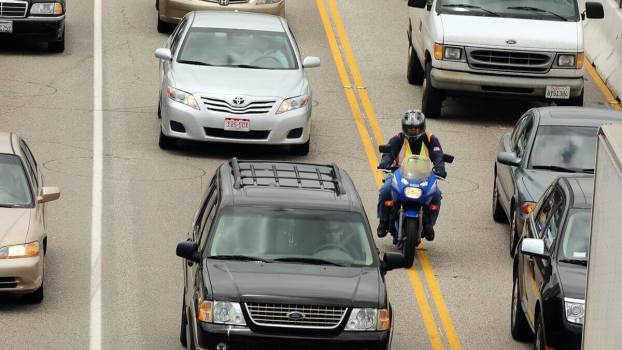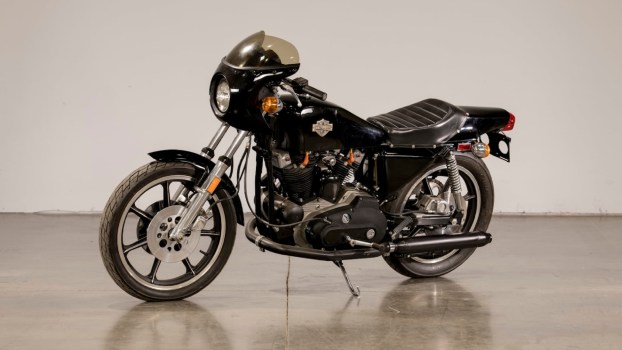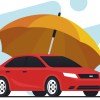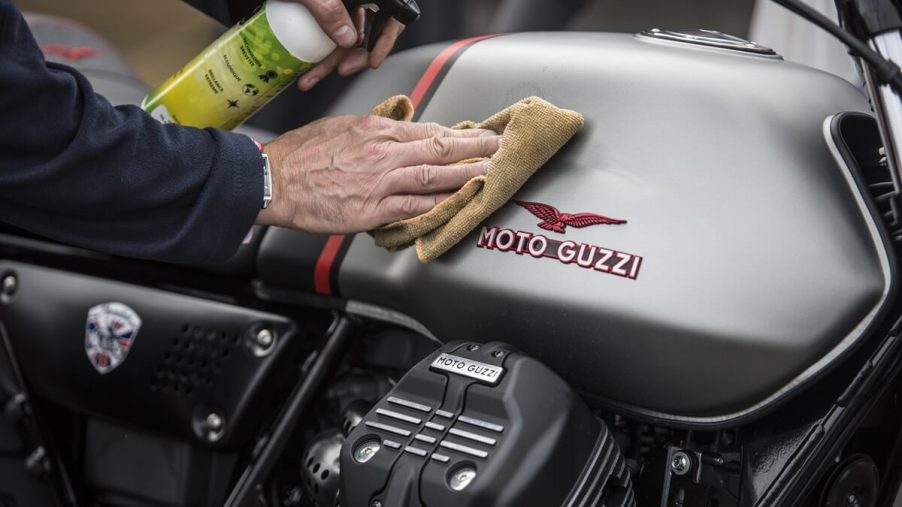
What Is a Cafe Racer?
In this article:
Motorcycles come in many different shapes, sizes, and styles. Some of the most popular include sport bikes and cruisers, but that doesn’t keep moto marques from producing more niche interest bikes. Enter the cafe racer, a classically styled motorcycle with decades of tenure. So, what exactly makes a cafe racer a cafe racer, and why is it a good thing?
What makes a motorcycle a cafe racer?
A cafe racer, or café racer, follows a straightforward recipe: long tank, aggressive geometry, and low, typically clip-on bars. However, the cafe bike is more than just a handsome, retro-styled standard motorcycle; it’s a story that starts with fast jaunts between English cafés.
In the 1950s, some spirited riders would race between their favorite cafés on modified bikes, often leaning over a gas tank with their knuckles tucked and hands wrapped around low, tight bars. The phenomenon evolved to include illegal racing and activities, but it also birthed a beautiful, capable type of bike. Popular examples of classic cafe racers include the Norton Commando, Moto Guzzi Le Mans, and the Triumph Bonneville.
Today, marques like Triumph, Moto Guzzi, Norton, Royal Enfield, and BMW produce handsome, modern interpretations of the classic cafe bikes of old. Further, while classic Norton Commandos were devoid of safety tech and rider aids, rides like the Triumph Thruxton RS offer ABS, riding modes, and even traction control.
How fast can cafe racers go?
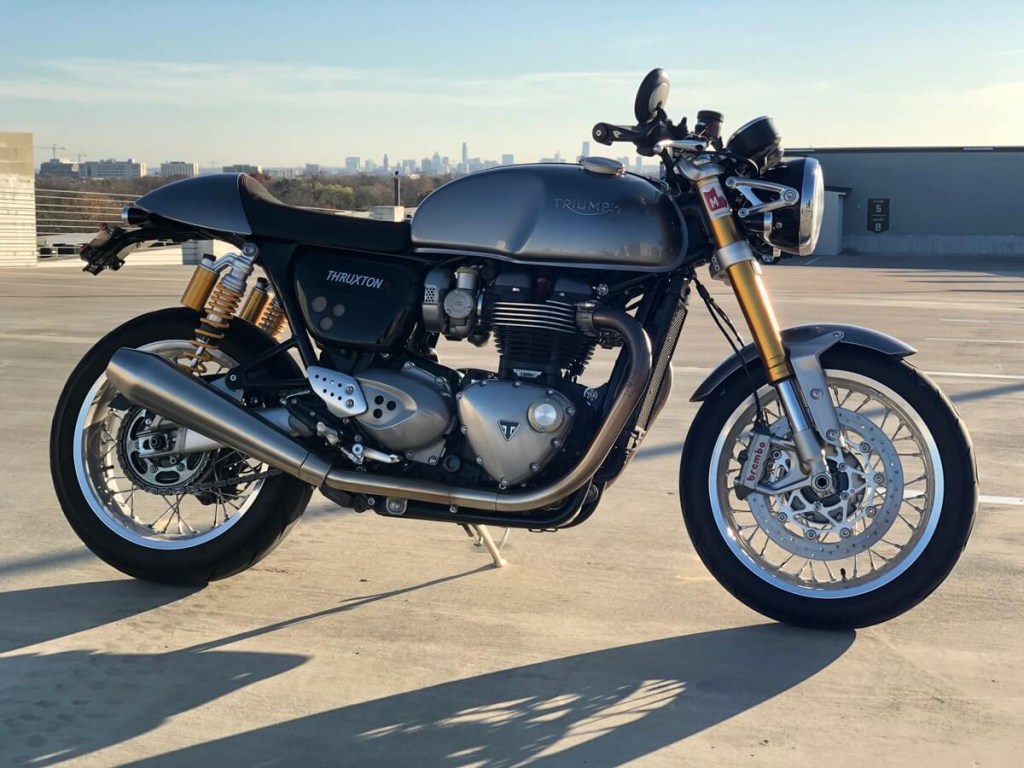
Cafe racers aren’t typically suited to straight-line speed. Instead, their tall rear suspension, rear-set foot controls, and low-slung bars focus on aggressive handling. However, some twin-powered or four-cylinder cafe bikes will top out at around 140 mph.
Are cafe racers good for cornering?
The aggressive riding angles of modern cafe bikes are very capable in the corners. Better yet, with grippy summer tires like the Pirelli Diablo Rosso IV Corsa, a Triumph Thruxton R is far better in the corners than classic examples.
Still, pushing a cafe bike like the Thruxton beyond its capabilities will reveal some rear-end squirminess. Riders who want a track-ready motorcycle with knee-dragging leans are better off grabbing the keys to a full-fairing, small-displacement sport bike like an ABS-equipped Kawasaki Ninja 400. Furthermore, riders should always appreciate the value of classes, especially for new or track-bound riders.
Is a cafe racer good for daily use?
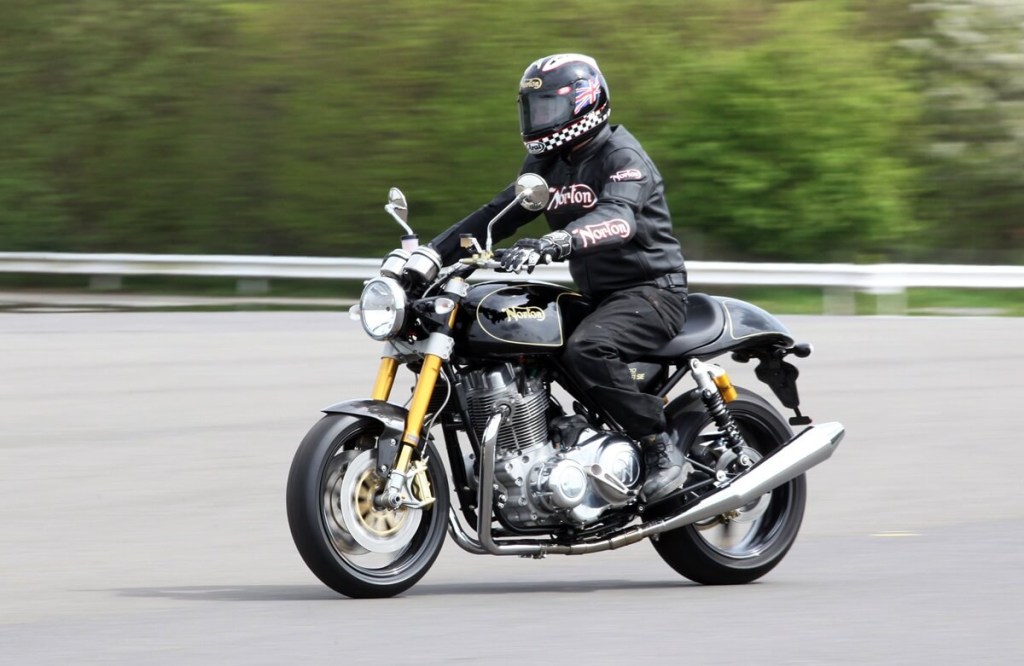
In its standard form, a cafe racer isn’t the best bike for daily riding or commuting. The lack of an upright riding position, saddle bags, or a tall windshield doesn’t lend itself well to long miles or traffic-heavy commutes.
Still, the aftermarket can solve a cafe bike’s daily usability problems. For instance, two-up comfort seats, taller bars, and mid-set controls can transform a motorcycle’s riding position. Better yet, solo or dual pannier bags can turn a cafe bike into a commute-friendly ride.
Why would you buy a cafe racer?
Cafe racer motorcycles channel the handsome aesthetic of classic European bikes and add an element of fun to a standard bike application. The result is a desirable bike you can lean with confidence.
Moreover, fun events like the Distinguished Gentleman’s Ride collect dapper riders and cafe bikes for a cruise like no other. The only way to enjoy all the benefits of a cafe bike is to get one yourself.
Keep up with MotorBiscuit for the latest two-wheeled content!
